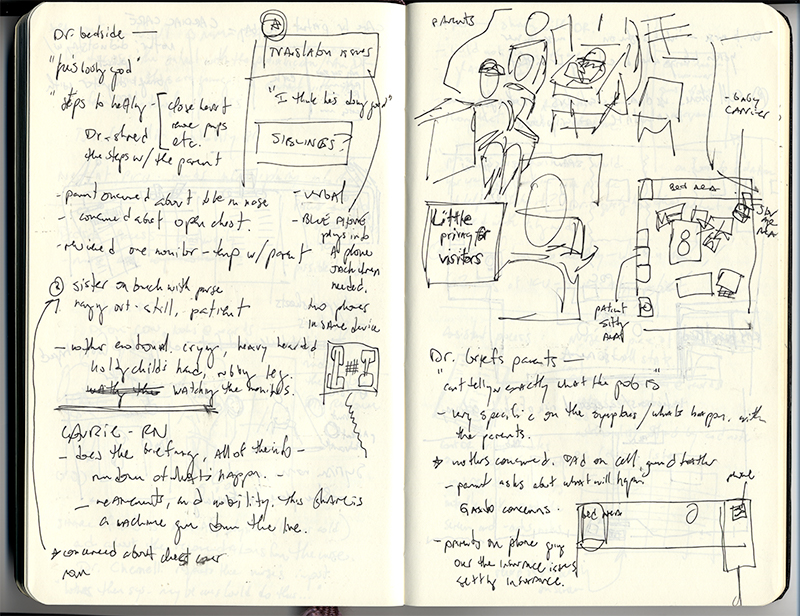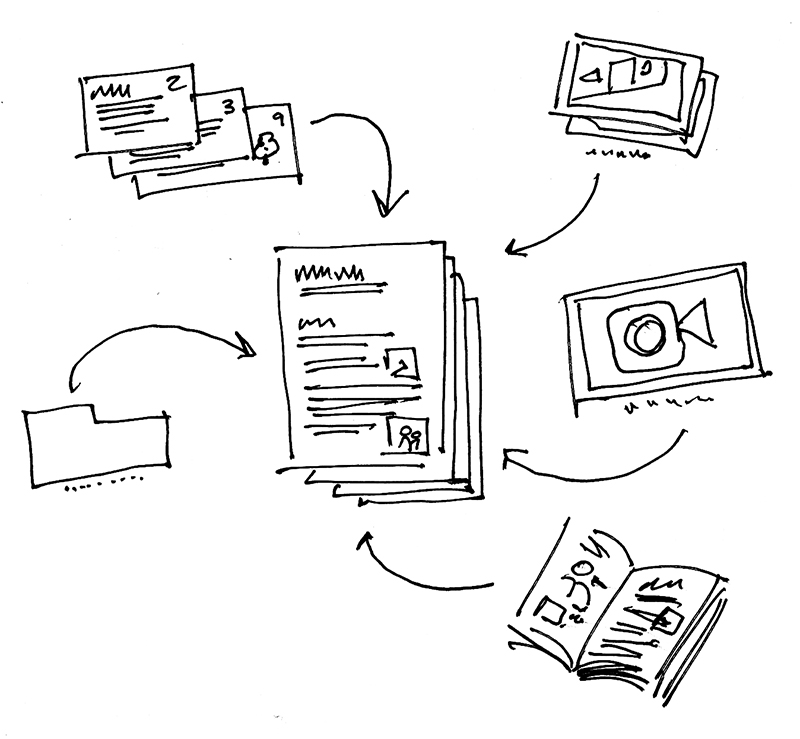
Field notes are what comes together when you document your findings in the field. You will create field notes every time you do an interview and every time you go into the field to research. These notes are not meant to judge or infer, rather capture what really happened. be detailed down to the last pixel, atom, or some other tiny measurement. If you see someone crying, don’t write that they were sad or angry… just detail that they were crying and how much… detail their posture, who they were with, and any other objective detail you can. This is a time for being unbiased and non-judgemental.
For a project involving Pediatric Intensive Care units, I used my notebook to jot down notes. This was not a place to record video out of respect for patients. Here’s a time when drawings were really handy.
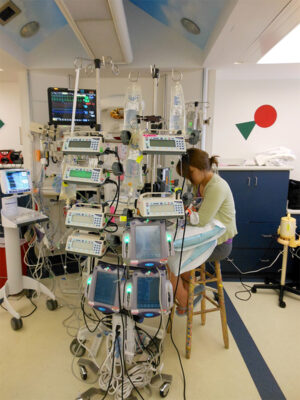
How you arrange and document your notes is up to you. Most of the time you will be working on teams so consistency for later reference is important. Remember to label everything with the important details:
- what is it
- when was it
- where was it
- who was around it
Field Notes are for Interviews and Focus Groups as Well as Observations
When you conduct an interview or a focus group, document the following.
- Record where you are conducting the observation. (home, coffee shop, etc?)
- Record applicable demographic information. (age, gender, major (if in school), 1st language, work, family/children, disabilities that may affect how they use the design you are studying, etc.)
Create a Labeling System
No matter the type of paper or if it’s on-screen, create a consistent method for labeling your notes. Here, I have listed the following:
- Observation #
- Date of observation
- Location of observation
- Observer’s name

If you use cards for observations, that’s fine. Just make sure they are all labeled the same way.

Notebooks can be great for recording observations. Develop a labeling system so you can refer back to notes easily. Be careful with notebooks because you may wish you could tear pages out when it’s time to input information into a database or spreadsheet.
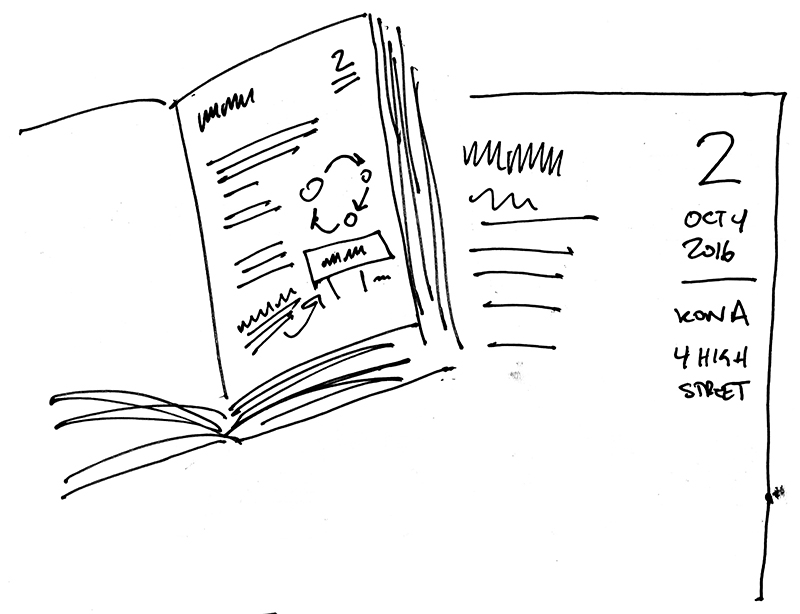
All of these are great, and you can use any combination you like in the field. Just be sure to label and document everything. During the research, you will refer to field notes as “Owasso Wal-Mart observation 1” or “Streetcorner observation 12,” etc. Numbering will help keep things straight and objective.
Naming Digital Files
File naming is important for digital media. Develop a system and stay consistent.
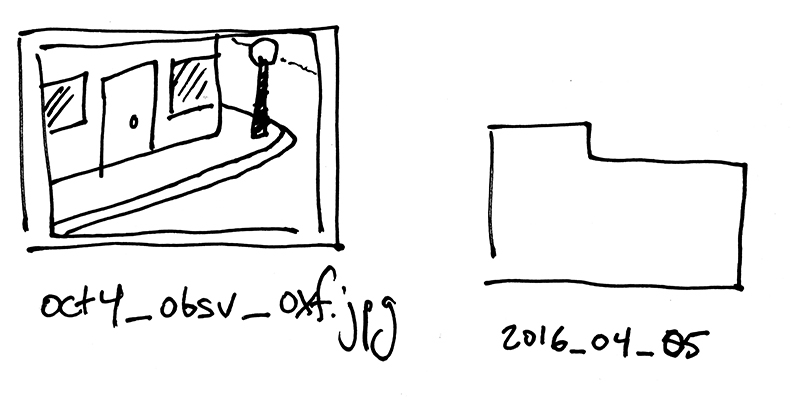
Putting it All Together


Compile everything into a written report that details each interaction with a paragraph or more of text. At the conclusion of your field notes, write a short summary that encapsulates your findings. Be careful not to make conclusions, just restate your observations into objective statements. The higher-fidelity your notes, the better. Your research team will pull from these notes to inform design decisions, develop interview questions, and for all kinds of other research tasks.
Flying Blind (and lovin’ it)
The tough thing about this research process is that you won’t know what you need until it’s over. Observe and document, then compile into a solid set of field notes. You’ll thank me later.
Go Big
Field notes are what really happened during your observations. These notes will be all you will have in the future to look back on the experience. The details you document capture a moment in time that will never be again. Take time to take detailed notes.

